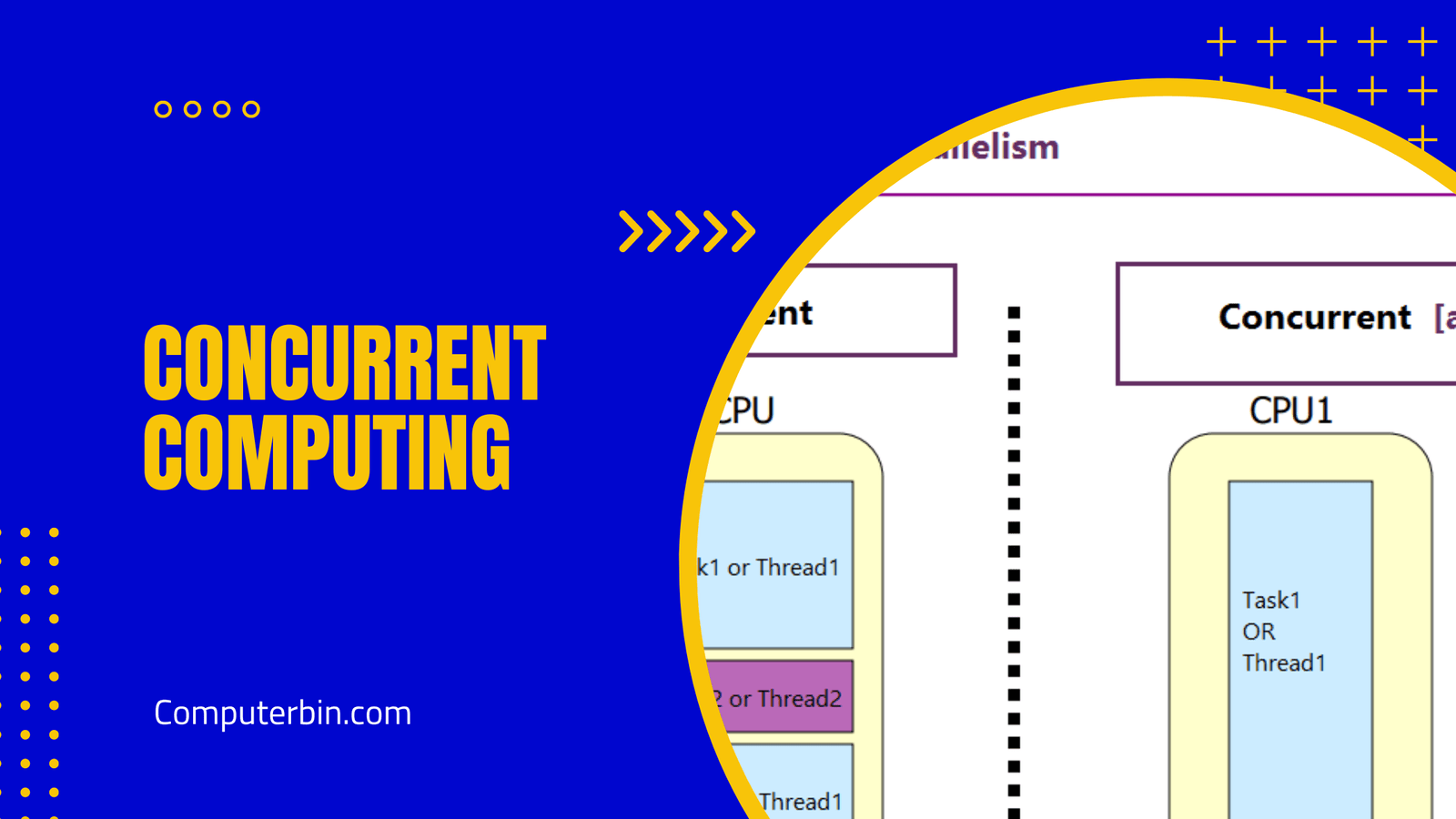A type of packaging used for microprocessors and other integrated circuits is called a Ceramic Pin Grid Array (CPGA). Because the package has a grid of metal pins on the bottom that make contact with the printed circuit board and serve as the electrical interface between the chip and the board, it is known as a “pin grid array.” The word “ceramic” in the name refers to the high-strength ceramic known as alumina, which is the substance used to make the package.
How CPGA Works and its Benefits
Metal pins are arranged in a grid pattern on the bottom of CPGA packages, which have ceramic bases. Alumina is a type of high-strength ceramic material that is commonly used for bases and is exceptionally resistant to mechanical stress and thermal shock. The integrated circuit (IC) chip, which is mounted on the top side of the package, is held in place by the ceramic base. Bond wires, which are extremely small wires made of gold or aluminum, are used to connect the chip to the pins.
The high pin density of CPGA packaging, which enables numerous connections to be made between the chip and the PCB, is one of its main advantages. As a result, more transistors and other components can be fitted onto a single chip, enabling faster and more potent processors. Excellent thermal conductivity is another feature of CPGA that aids in cooling down the chip’s operating temperature.
The CPGA’s dependability and durability are additional benefits. Because of its high resistance to mechanical stress and thermal shock, ceramic bases are less likely to be damaged than other packaging materials. CPGA is appropriate for use in a variety of applications because it is corrosion-resistant and compatible with a wide range of manufacturing processes.
History and Evolution of CPGA
The development of CPGA packaging can be traced back to the early years of the microprocessor market. Ceramic DIP (dual in-line package) packages, which were similar to CPGA but had pins arranged in two rows rather than a grid on the bottom, were used to package the first microprocessors. CPGA was created as a way to increase the number of connections between the chip and the PCB as the demand for stronger, faster processors grew.
CPGA has undergone numerous alterations and advancements over time. The bond wires have been made smaller and more dependable, and the ceramic base has been made thinner and more effective. Additionally, CPGA has been used in a wide range of industries, such as consumer electronics, aerospace, and the military.
Comparison With Other Packaging Technologies
Microprocessors and other ICs come in a variety of packaging styles, including CPGA. Other widely used packaging technologies include the following:
- Ball Grid Array (BGA): Similar to CPGA, BGA makes contact with the PCB using a grid of metal balls on the bottom of the package. BGA packages, however, are typically made of plastic or organic material rather than ceramic. Compared to CPGA, BGA has a higher density and better performance, but it is also more prone to damage and demands precise manufacturing techniques.
- Quad Flat No-Lead (QFN) package: Surface-mount packages known as QFNs are used for low-profile, high-demand devices.
- Flip Chip Ball Grid Array (FCBGA): The chip is “flipped” over and attached to the PCB using a layer of conductive bumps rather than bond wires in FCBGA, a variation of BGA. Compared to standard BGA, this enables even higher density and better performance, but more complex manufacturing procedures are needed.
- Land Grid Array (LGA): Similar to CPGA, LGA makes contact with the PCB using a grid of metal pins on the bottom of the package. In contrast to a square or rectangular grid, the pins are placed in a circular pattern. Despite having a high density and good thermal performance, LGA can be more challenging to produce and assemble than other types of packages.
Applications of CPGA in Computer Processors
Over the years, CPGA has been widely utilized in a range of computer processors. It was widely used in AMD K6 and Athlon processors, Intel Pentium and Pentium Pro processors, and Pentium and Pentium Pro processors from Intel. Some more recent processors, like the Intel Core i7 and the AMD Ryzen 7, also employ CPGA.
CPGA is used in some mobile processors and embedded processors in addition to conventional desktop processors. Due to its high density, strong thermal performance, and durability, it is a well-liked option for these applications.
Conclusion
A type of packaging used for microprocessors and other integrated circuits is called a Ceramic Pin Grid Array (CPGA). It offers good durability and reliability, a high connection density, and excellent thermal conductivity. CPGA is still used in many applications, including computer processors and other electronic devices, despite having been largely replaced in recent years by newer packaging technologies.





